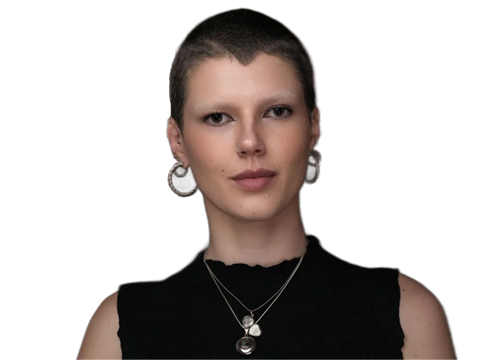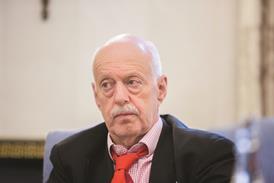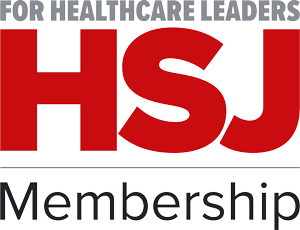When lead clinician Andrew Morris reflects on the origins of the Sussex Community Dermatology Service (SCDS), one principle has guided every decision: putting the patient at the centre.
Advertorial for 
“I have always loved the clinical side of dermatology,” he explains. “You can see the problem, touch it, treat it – it is a very hands-on specialty. But in large hospital departments, I often felt frustrated, knowing what great care looked like, but bureaucracy made it hard to deliver.”
That frustration led Dr Morris to take a bold step in 2012, joining SCDS, which was recently founded by his colleague Russell Emerson. The aim was to develop a clinically led, patient-first dermatology service designed from the ground up to deliver accessible, high-quality care closer to home. “We asked ourselves why NHS patients could not receive the same prompt, personalised service as private patients,” says Dr Morris. “We wanted to prove it was possible within the NHS framework.”
From local pilot to regional system partner
What began as a small Mid Sussex contract with a clear philosophy – consultant-led, local and efficient – has evolved into one of the most successful dermatology partnerships in the South East. Today, SCDS delivers community and secondary care dermatology across multiple trusts, supporting full skin-cancer pathways.
Notably, this growth has been almost entirely organic. “We started with one contract and grew because people talked about us,” says Dr Morris. “Commissioners saw our outcomes, our responsiveness, and our governance, and neighbouring areas asked us to replicate that model.”
The model has also proved resilient amid national workforce shortages. With dermatology among the most understaffed specialties for more than two decades, many NHS organisations have struggled to sustain services. “In 2018, East Sussex Healthcare Trust approached us because their only consultant was leaving,” Dr Morris recalls. “We stepped in to stabilise the service. Now it is thriving – they have recruited their own consultants, and we continue to support their delivery.”
That agility is a key part of SCDS’s value proposition. “We often get a call from a trust saying they have got a large cohort of patients who need to be seen within 10 days,” Dr Morris notes. “Because we manage capacity dynamically and have consultant oversight throughout, we can make that happen. It is what gives our NHS partners confidence.”
Quality, transparency and governance
Operating as a partner to the NHS means scrutiny comes with the territory – and SCDS has embraced that fully. Dr Morris acknowledges this: “That is why we have built our reputation on measurable, transparent quality.”
Each month, the service collects feedback from more than 2,000 patients and produces detailed quality dashboards for commissioners. Governance is embedded at every level, with incident reporting via Radar Healthcare, monthly quality newsletters, and a proactive culture of accountability.
“Quality is not just the doctor’s job,” says Dr Morris. “It is everyone’s. If a nurse or even a cleaner spots an issue, they know it is their responsibility to raise it. That is how we maintain consistency and safety across multiple sites.”
Clinically led, data-driven, system-aligned
SCDS’s leadership model is unusual in today’s healthcare landscape – and Dr Morris believes it is a major reason for its success. “We are not just clinically informed; we are clinically led,” he says. “Our leadership team consists of consultant dermatologists, so every strategic decision – clinical or operational – is grounded in patient care.”
Unlike many independent providers, SCDS focuses exclusively on dermatology. That focus, combined with the use of technology including a unified electronic patient record, allows the organisation to manage demand and waiting lists in real time. “It means we can consistently meet 18-week targets when the national average is closer to a year,” Dr Morris notes.
For commissioners, that translates into system resilience: faster access, better patient flow, and fewer referrals back into acute settings.
Facing national pressures with innovation
Dr Morris is candid about the pressures on dermatology nationwide. “Referrals have risen 10-15 per cent year-on-year, yet only around 7-8 per cent of two-week-wait cases turn out to be cancer. That is an enormous diagnostic workload to manage safely.”
SCDS is responding with investment in technology and innovation. “AI will transform skin-cancer triage, but it will take time,” says Dr Morris. “We are evaluating tools to help identify high-risk cases earlier and manage benign lesions more efficiently. We are also rolling out teledermatology hubs so patients can be assessed quickly using high-quality imaging, improving both access and productivity.”
Delivering measurable system impact
The results are tangible. In North Kent, SCDS was asked to take over a service on the brink of collapse. “We mobilised within two weeks, inherited an 8,000-patient backlog and more than 1,000 cancer surgery cases, and brought it back within normal waiting times in six months,” Dr Morris recalls.
For commissioners, that experience demonstrates the value of a clinically led, data-driven model that complements rather than competes with NHS provision.
“We see ourselves as a trusted NHS partner – a safe pair of hands that delivers sustainable, high-quality dermatology wherever it is needed,” says Dr Morris. “When services are designed around patients and led by clinicians, everyone benefits – patients, staff, and the system.”
If you would like to understand how Sussex Community Dermatology Service can support your trust or ICB, please contact Dr Morris at andrew.morris8@nhs.net.


























